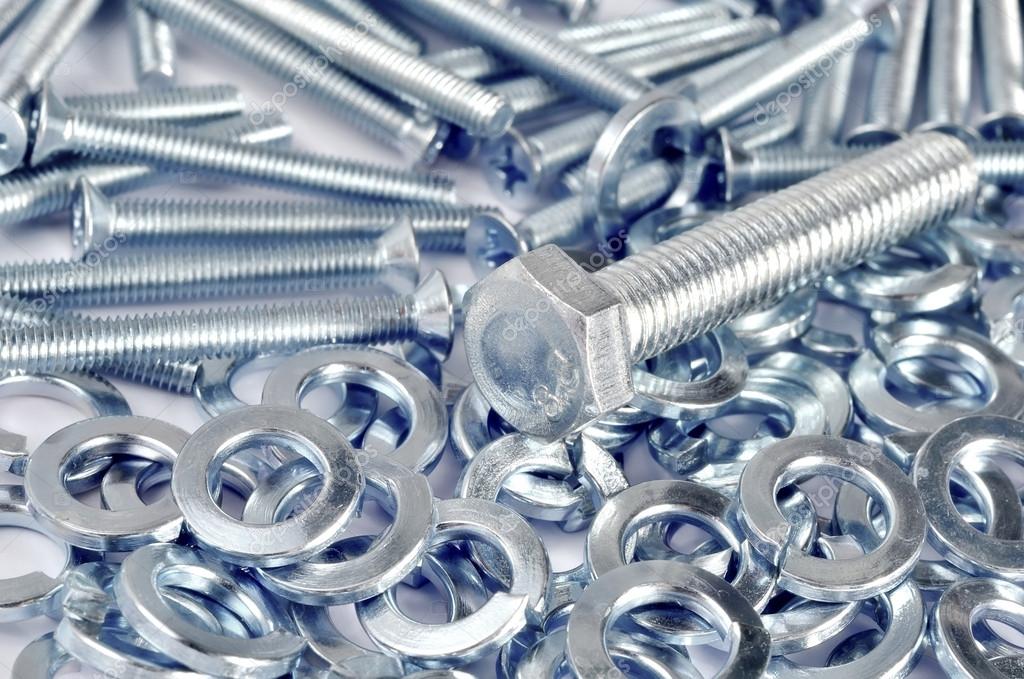As you begin any construction or DIY endeavor, grasping the basics of nuts and bolts is essential. These fundamental fasteners may seem simple, but they are the backbone of many structures and repairs, from furniture assembly to large-scale construction. As description explore the realm of fastening, this guide will provide you with the information necessary to select the right nuts and bolts for your specific applications, guaranteeing the quality and longevity of your projects.
Through this detailed guide, we will explore the various types of nuts and bolts, illuminating their various applications and purposes. Whether Check Out Your URL 're a beginner at the outset or a seasoned DIY enthusiast looking to sharpen your skills, knowing how machine bolts, structural bolts, and specialized fasteners differ will empower you in your projects. From deciphering bolt grades to choosing the ideal material for your requirements, we’re here to help you master the art of fastening. Join us as we decode the world of nuts and bolts, turning you into a confident fastener expert.
Understanding Nuts & Nuts
Fasteners and nuts are vital fasteners that play a important role in a wide range of applications, from everyday household tasks to industrial construction projects. Together, they form a robust fastening system that holds objects together, providing integrity and reliability. Grasping the fundamental components is crucial for anyone looking to fix things or participate in DIY projects. Fasteners typically have a screwed shaft and a head, allowing them to be secured with a nut, while nuts are equipped with internal threads that fit onto the bolt, allowing a tight connection.
There are various types of nuts and bolts, each designed for specific uses. Popular bolts include multi-faceted bolts, adjustable bolts, and lag bolts, each serving distinct functions depending on the materials and the conditions involved. Nuts also come in various forms, such as basic nuts, lock nuts, and disk nuts, each providing distinct perks for securing the connection. Being aware of when and where to use these types can greatly impact the strength and longevity of your assembly.
Choosing the right nut and bolt combination involves considering several factors, including the substances being fastened, the conditions they will be exposed to, and the necessary load they must withstand. Multiple coatings and materials, such as rustproof metal or zinc-plated options, can influence corrosion resistance and overall performance. Grasping these basics will empower individuals to choose the appropriate fasteners for their specific needs, ensuring solid and lasting connections in any task.

Types and Uses
Nuts and bolts come in a variety of types, each designed for particular applications. Nuts are usually classified by their shape and intended. Some common types include hex bolts, which are flexible and ideal for common fastening; carriage screws, often used in wood applications due to their curved heads; and lag bolts, designed for heavy-duty projects involving wood. Knowing these types helps in selecting the right fastener for your job, ensuring strength and longevity.
Nuts also vary significantly, providing different functions based on their construction. Regular hex nuts are frequent in many applications, while lock nuts, which have a design feature to prevent loosening, are suitable for dynamic environments where vibration may occur. Flanged nuts are useful when a bigger surface area is required to distribute the load, making them perfect for softer materials. Identifying the specific needs of your application is crucial for best performance.
When engaging on projects encompassing various materials, the right combination of nuts and bolts enhances the strength of your construction. For instance, in car maintenance, specific nuts and bolts are essential for security and operation, while construction projects often require strong fasteners. Selecting the appropriate fastener kind, dimension, and material is important, particularly in composite situations where metal and wood can be in play, ensuring your work is reliable and long-lasting.
Materials and Coatings
When choosing fasteners for your tasks, the materials used in their construction play a crucial role in determining their durability, robustness, and suitability for specific applications. Iron is the most common substance for bolts due to its elevated sturdiness and affordability. It comes in various levels, each offering unique load capacities and tolerance to stress. For situations subjecting nuts and bolts to moisture or deteriorating environments, corrosion-resistant steel bolts are ideal as they withstand rust and deterioration, making them perfect for exterior and marine environments.
Brass and aluminum are also commonly used alternatives. Brass nuts and bolts are utilized primarily in electronic applications due to their outstanding conductivity and corrosion-resistant nature. Titanium, while more expensive, is favored for its low-weight properties and high tensile strength, making it a preferred choice in aerospace and high-performance vehicle applications. Each material comes with its own set of advantages, and comprehending these factors can help you make an educated choice based on the needs of your project.
Coatings are equally important as they enhance the functionality and longevity of the nuts and bolts. https://damm-sahin.thoughtlanes.net/grasping-the-distinct-forms-of-nuts-and-bolts is commonly used to provide a corrosion-resistant layer, while galvanized coatings offer even better safeguarding for exterior uses. Other finishes, such as black oxide or powdered finish, may enhance appearance while providing some level of protection against rust. Choosing the right coating is crucial to ensure that the nuts and bolts you select will endure the conditions they will face throughout their lifetime.
